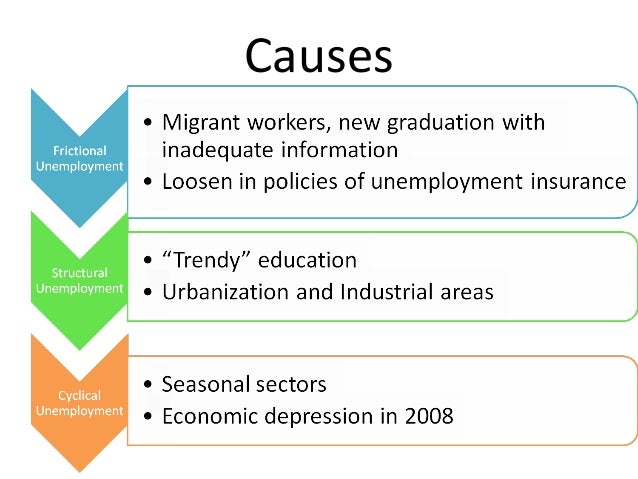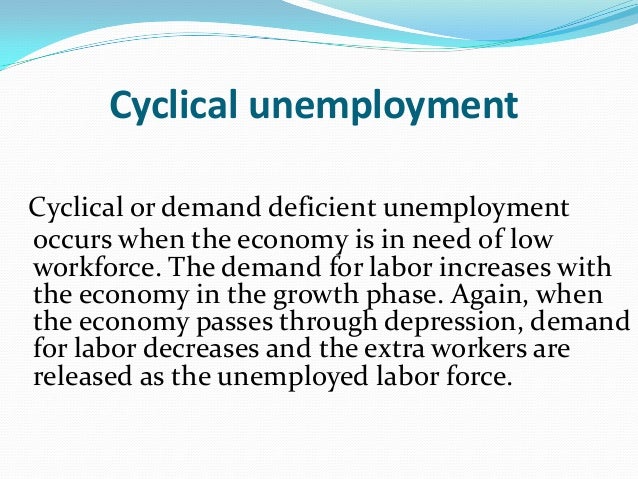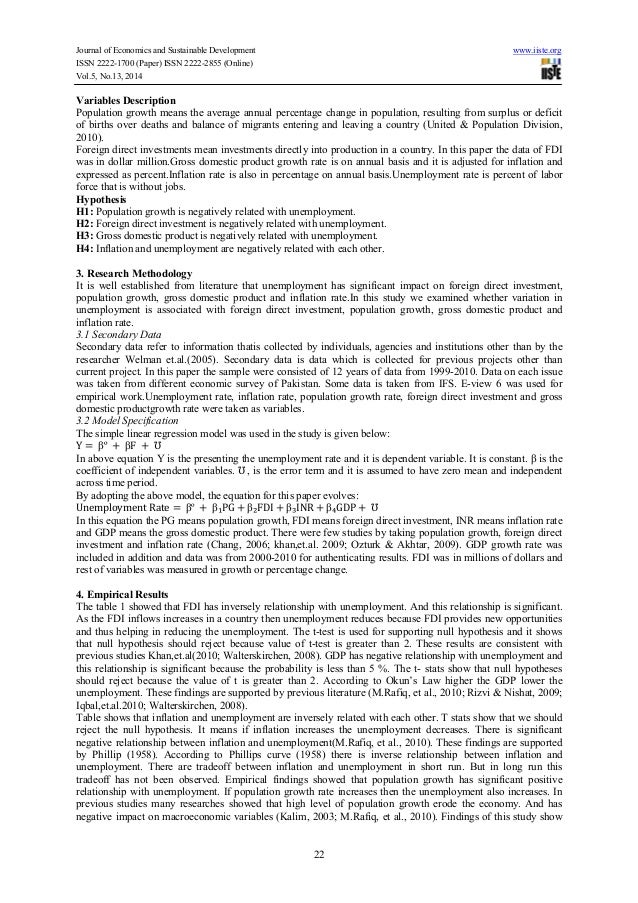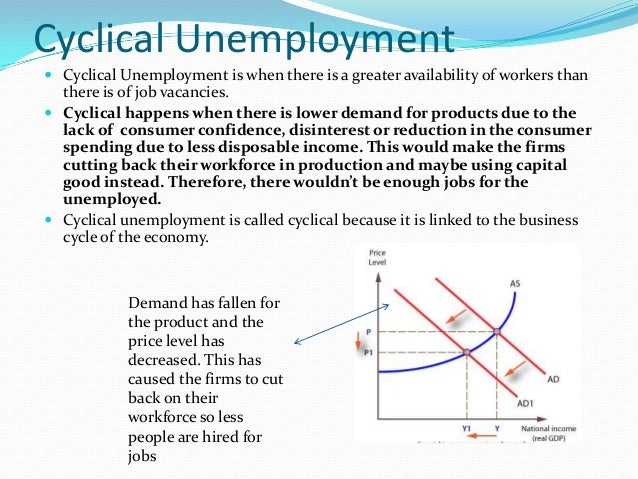Do you hope to find 'cyclical unemployment essay'? All the details can be found here.
Table of contents
- Cyclical unemployment essay in 2021
- Examples of cyclical unemployment
- Causes of structural unemployment
- How to find cyclical unemployment
- How to solve cyclical unemployment
- Cyclical unemployment definition economic
- Cyclical unemployment results from quizlet
- 3 types of unemployment
Cyclical unemployment essay in 2021
 This image demonstrates cyclical unemployment essay.
This image demonstrates cyclical unemployment essay.
Examples of cyclical unemployment
 This picture representes Examples of cyclical unemployment.
This picture representes Examples of cyclical unemployment.
Causes of structural unemployment
 This image demonstrates Causes of structural unemployment.
This image demonstrates Causes of structural unemployment.
How to find cyclical unemployment
 This image shows How to find cyclical unemployment.
This image shows How to find cyclical unemployment.
How to solve cyclical unemployment
 This image representes How to solve cyclical unemployment.
This image representes How to solve cyclical unemployment.
Cyclical unemployment definition economic
 This picture shows Cyclical unemployment definition economic.
This picture shows Cyclical unemployment definition economic.
Cyclical unemployment results from quizlet
 This image demonstrates Cyclical unemployment results from quizlet.
This image demonstrates Cyclical unemployment results from quizlet.
3 types of unemployment
 This image illustrates 3 types of unemployment.
This image illustrates 3 types of unemployment.
How is cyclical unemployment related to the business cycle?
Cyclical unemployment is when workers lose their jobs because of downturns in the business cycle. You can tell when the economy contracts by measuring gross domestic product. If the economy contracts for two quarters or more, it's in a recession.
How did the Great Recession affect cyclical unemployment?
Someone can start out being cyclically unemployed, then end up structurally unemployed. During the Great Recession, many factories switched to sophisticated computer equipment to run machinery. Some employers laid-off workers, then realized fewer workers were needed.
What can the government do to stop cyclical unemployment?
Because cyclical unemployment can spiral out of control, usually the federal government must step in to stop it. The first and easiest response is with expansionary monetary policy. The Federal Reserve will start lowering interest rates. This is like putting money into the pockets of families and businesses.
What causes high unemployment rates in the United States?
Cyclical unemployment is the main cause of high unemployment rates. Its caused by a downturn in the business cycle. It's part of the natural rise and fall of economic growth that occurs over time. Cyclical unemployment is temporary and depends on the length of economic contractions caused by a recession. A typical recession lasts around 18 months.
Last Update: Oct 2021